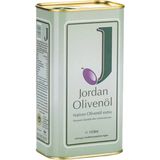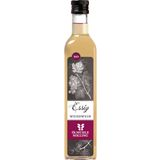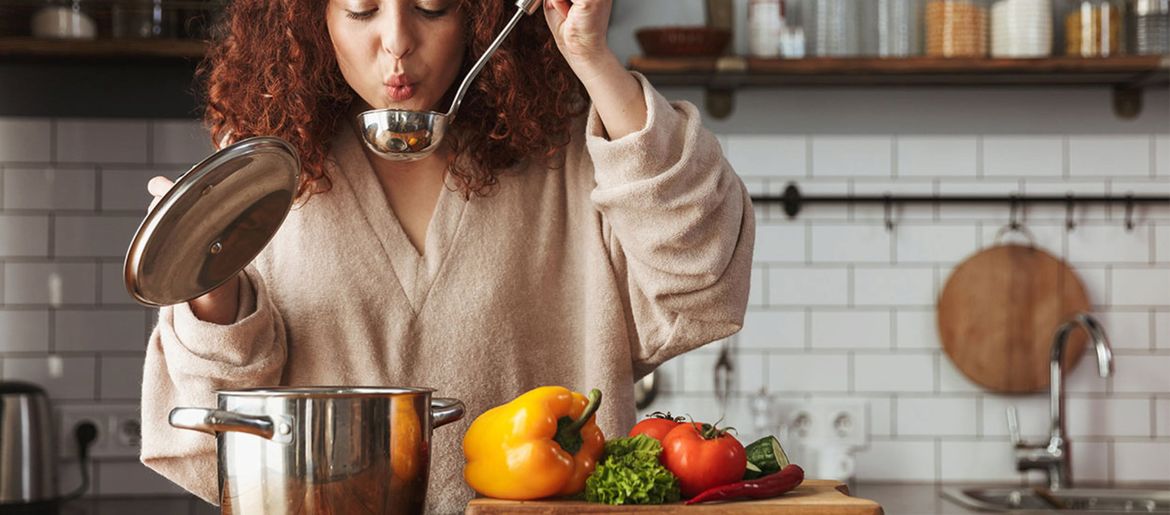The Fine Art Of Flavouring a Dish: Professionals Like To Keep It Simple
Auguste Escoffier (1846-1935), distinguished French chef, restaurateur, culinary reformer and author, relied on simple techniques with great effect. For instance, for his legendary scrambled eggs at the London Savoy - and later at the Paris Ritz - he whisked eggs with a fork whose tines were capped with halved garlic cloves to add flavour. You can use such simple tricks in your kitchen too.
Oil - the classic flavour carrier
High-quality cooking oils are the ultimate secret weapon for fine food - fantastic taste and flavour guaranteed! Varieties that have a strong taste, such as those made from peanuts or sesame seeds, are great for flavouring dishes without seasoning. Oils also absorb external aromas such as those from herbs, seeds and fruits. Take for example, extra virgin olive oil infused with lemon - the kind of thing that sends foodies into raptures! You can make this delicacy yourself - all you need is good olive oil, two clean glass bottles or mason jars and a few strips of untreated lemon peel. Place the peels in warm water for a few minutes to remove bitter substances. Then pat dry with kitchen paper, place in one glass jar or bottle, cover completely with EVOO and close tightly. Let it rest at room temperature for at least 24 hours, preferably in a sunny spot. Next, strain the oil into the other mason jar/bottle with a fine sieve. This flavour-packed finishing oil is delicious when drizzled on a ripe avocado, a crusty baguette or hearty pasta/rice/bread salads.
Bold combinations invigorate the senses
Cloves are a prime example of underutilised or missed opportunities. They are commonly used to refine sweet dishes such as compotes and desserts and even schnapps. But they add a wonderful facet of flavour to savoury dishes as well. The next time you cook up a batch of chicken soup, add 2-3 cloves at the beginning along with the other ingredients and cook as usual. The results will be sensational. For a stew (vegetarian or with meat) that will make you sigh, pierce halved garlic cloves and add to the cooking liquid at the beginning. Cheese sauce and cheese fondue are also great examples of dishes that will benefit from the wonderful aroma of cloves - just add 1 or 2 to the cheese before melting it.
Using dried herbs, chillies, fruits etc
Some people insist on using only fresh herbs in the mistaken belief that all herbs taste best when fresh. While that may be true for many herbs, some herbs actually develop their aromatic essential oils only when dried. For instance, herbs collected in the wild - such as wild Greek oregano - are ideally aromatic when dried. The intense nuances are particularly pronounced in wild-growing natural varieties. Dried chillies can be used to add flavour to salt and vinegar. Dried fruits such as apricots or figs are another excellent way to flavour vinegar. Add 20 pieces of halved or quartered dried fruit to one litre of vinegar (preferably white wine vinegar) and let it steep in a bright sunny spot at room temperature for two to three weeks.
Venture out into new territory
People all around the world have always liked to eat well. Explore cuisines from far and wide and don't shy away from discovering exquisite treasures such as the tonka bean. It combines notes of vanilla and cinnamon to create a velvety new taste on the palate! A traditional way to add flavour to soups and sauces, for instance, is to add artichoke leaves. Umami, that incredible flavour from Japan, should be allowed to caress every palate. To add a full-bodied, umami flavour to a dish all you need is a judicial sprinlḱling of a few spices or seasoning sauces and voila, you've created it - the famous "umami" taste!
Our culinary tip: stay curious and keep an eye out for the latest trends and new discoveries!
Related products
-
 € 22,99 (€ 22,99 / l)
€ 22,99 (€ 22,99 / l)Delivery by December 17
-
 5.0 (5)
5.0 (5)BioKing Greek Oregano, 30 g
- Intense fragrance & taste
- Use as a seasoning or tea infusion
- Carefully processed by Greek mountain farmers
€ 3,99 (€ 133,00 / kg)Delivery by December 17
-
 5.0 (1)
5.0 (1)Ölmühle Solling White Wine Vinegar, 250 ml
- Made of high quality wines
- Carefully prepared
- Ideal for summer salads
€ 3,99 (€ 15,96 / l)Delivery by December 17
Magazine Articles:
Discover Piccantino :
-
Austria: Free standard delivery from € 54,90
-
Free
returns -
24-hour shipping
More than 12.600 products

